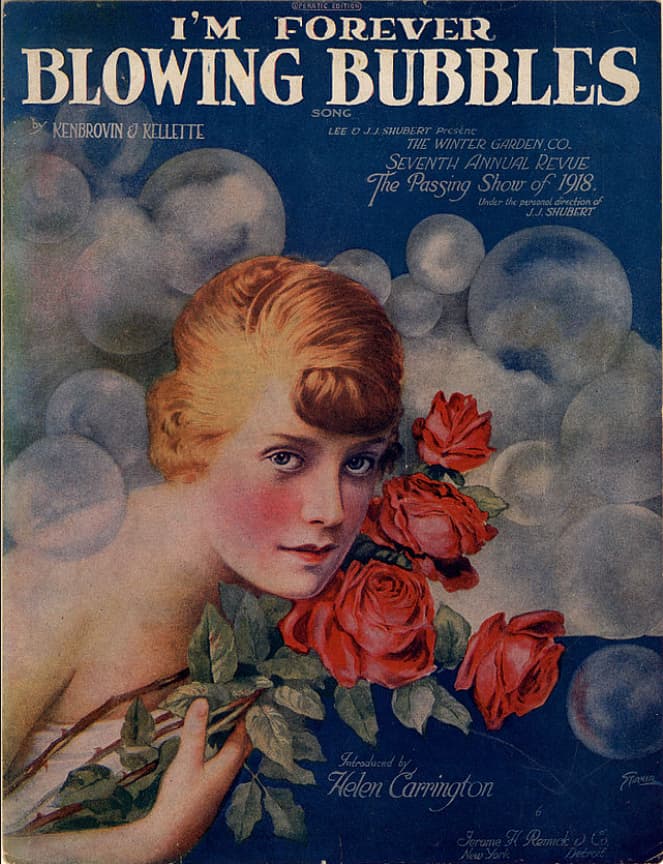
“I’m Forever Blowing Bubbles” by Engelbert Humperdinck: A Timeless Tune Revisited
In the vast panorama of 20th-century music, few songs have enjoyed the enduring charm and widespread appeal of “I’m Forever Blowing Bubbles.” Originally penned in 1918 and reaching the zenith of popularity shortly thereafter, this classic piece has traversed generations, epitomizing the nostalgic allure of early American songwriting. Its latest rendition by Engelbert Humperdinck adds a rich, contemporary layer to its storied history, breathing new life into a melody that has long been a part of the cultural fabric.
The song’s journey began amid the hopeful, yet turbulent days of post-World War I America. Composed by John Kellette and lyrically crafted by the trio known as Jaan Kenbrovin—a pseudonymous amalgamation of James Kendis, James Brockman, and Nat Vincent—”I’m Forever Blowing Bubbles” quickly resonated with the American public. Its whimsical lyrics and lilting melody captured the collective imagination, symbolizing the ephemeral dreams of a nation recovering from the scars of war.
Upon its debut, the song featured prominently in the Broadway musical, The Passing Show of 1918, and was popularized by performances from notable artists of the era. Its theme of fleeting beauty and the transient nature of aspirations struck a chord with audiences, elevating it to a chart-topping hit in 1919, performed by Ben Selvin’s Novelty Orchestra. This early success cemented its place in the annals of popular music.
Over the decades, “I’m Forever Blowing Bubbles” has seen numerous revivals across various genres and media. It found a peculiar and enduring niche as the unofficial anthem of West Ham United, a prominent football club in England’s Premier League, illustrating the song’s versatile appeal and its ability to transcend its original context.
The rendition by Engelbert Humperdinck, recorded for the 2022 film Bullet Train, showcases his ability to infuse classic songs with his distinctive vocal style, characterized by its warmth and emotive depth. Humperdinck’s version carries a reflective quality, imbued with a sense of both nostalgia and timelessness. This adaptation not only honors the original’s sentiment but also introduces it to new audiences, demonstrating the song’s adaptability and ongoing relevance.
As “I’m Forever Blowing Bubbles” continues its centennial journey, it remains a testament to the enduring power of music to capture hearts across generations. Engelbert Humperdinck’s contribution is a poignant reminder of how classic tunes can find new life and relevance through thoughtful reinterpretation, ensuring that these musical bubbles do not burst but continue to float and enchant in the collective memory.